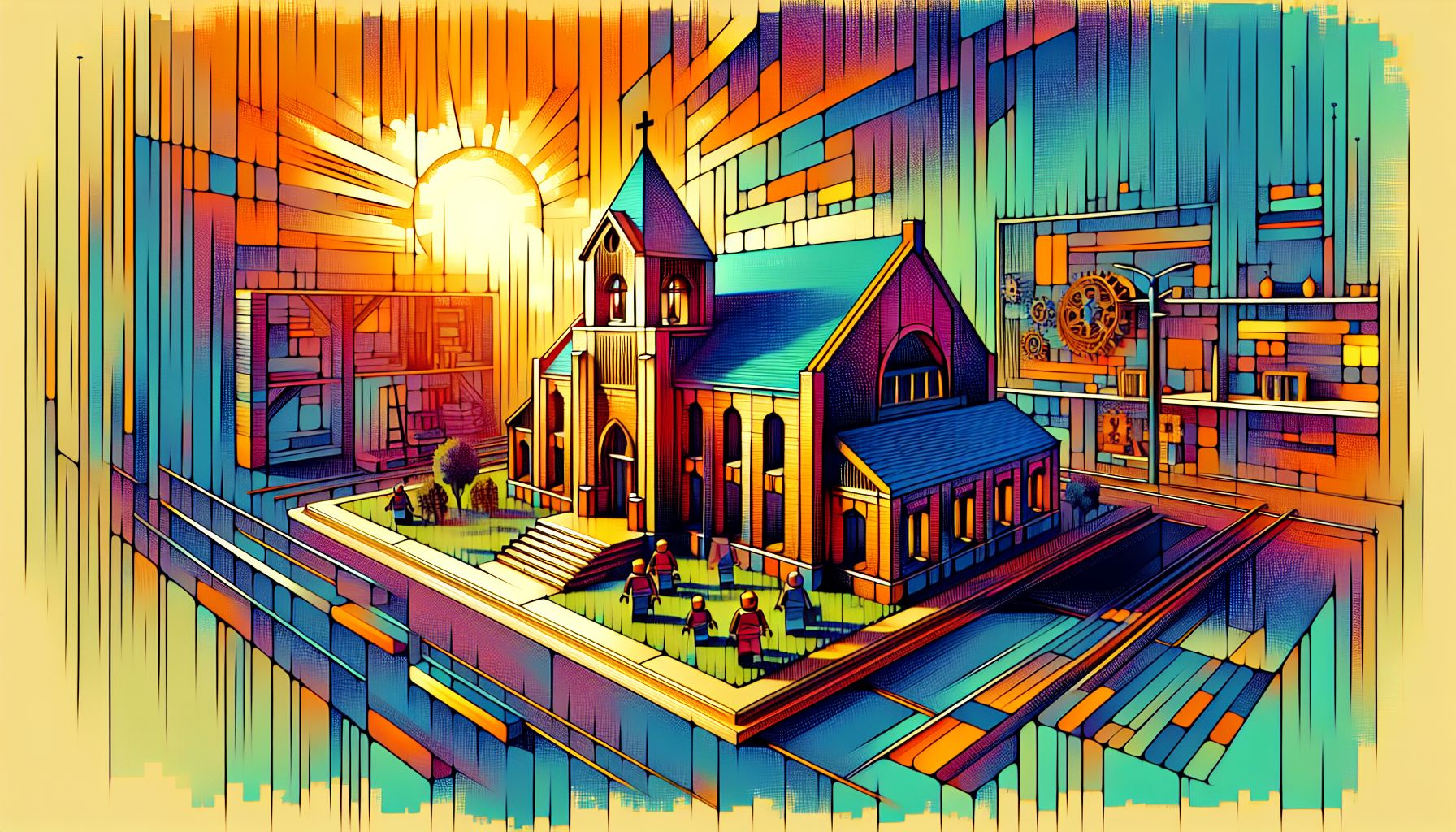AI Model LegoGPT Enables Home Builders to Design Stable LEGO Structures

Netherlands, Sunday, 11 May 2025.
LegoGPT harnesses AI to translate text prompts into buildable LEGO designs, ensuring stability through physics checks. This groundbreaking tool merges technological innovation with manual creativity.
Revolutionary Development at Carnegie Mellon
Led by PhD students Ava P., Kangle Deng, and Ruixuan Liu at Carnegie Mellon University, LegoGPT represents a significant breakthrough in AI-assisted design [1]. The system utilizes an impressive dataset of 47,000 LEGO structures encompassing more than 28,000 unique 3D objects [2][3], transforming simple text descriptions into physically stable LEGO constructions that can be built in real life.
Technical Innovation and Stability
The system operates through a sophisticated three-part process that ensures structural integrity [2]. Based on Meta’s LLaMA-2.2-1B-instruct platform, LegoGPT employs an autoregressive model to predict optimal brick placement while incorporating physics-aware validation checks [4]. Each design undergoes rigorous stability testing, with the system automatically reverting to the last stable configuration if structural issues are detected [3].
Practical Applications and Testing
The innovation’s real-world viability has been thoroughly demonstrated through both robotic and human construction tests [2]. A dual-robot arm system with force sensors successfully assembled the AI-generated designs, while human builders verified the practical buildability of the structures. When compared to other 3D generation models like LLaMA-Mesh, LegoGPT demonstrated superior performance in producing stable structures [2].
Current Limitations and Future Development
While revolutionary, LegoGPT currently operates within specific constraints, including a 20x20x20 building space and support for only eight standard brick types [2][3]. The research team, under the guidance of CMU faculty members Changliu Liu and Deva Ramanan, has made the complete dataset, code, and models publicly available [1], with plans to expand the brick library and increase the range of possible constructions [2].

